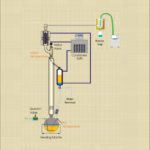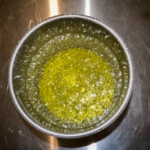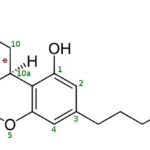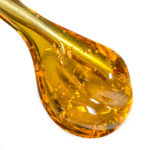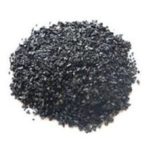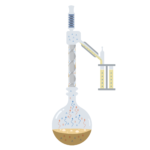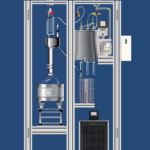Reflux Ratio and D2892 Crude Oil Distillation
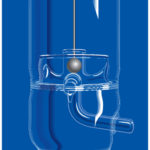
Reflux is the return of condensed distillation vapor to the boiling flask. Reflux ratio is the ratio of the condensate returned to the boiling flask to the condensate being collected in the receiver. The reflux ratio is accomplished using a reflux valve in a “seat” over the take off point. When the reflux valve is […]
